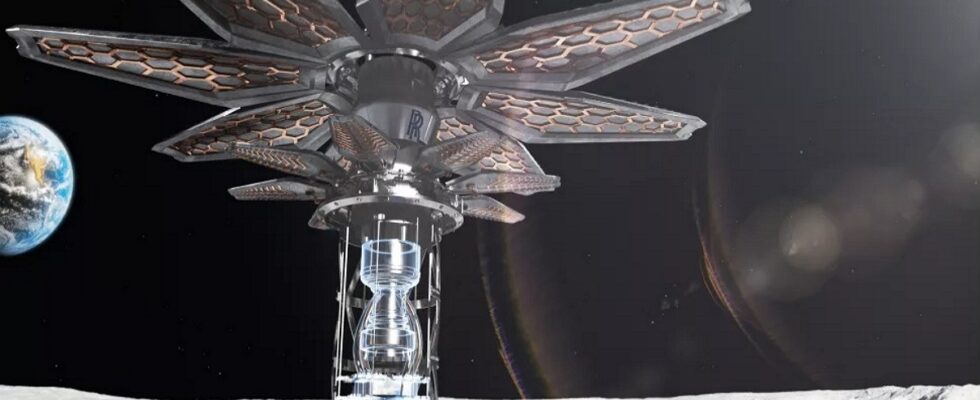British luxury car maker Rolls-Royce has received funding from the UK Space Agency to develop a nuclear reactor that could serve as a long-term power source for moon bases, the Guardian reported.
The British Space Agency (UKSA) has said that it will invest a significant amount in Rolls-Royce’s plan to produce nuclear power on the moon. In a statement, the UKSA explained how Rolls-Royce researchers had worked on a microreactor program ” to develop technology that will provide the energy needed for humans to live and work on the Moon “.
The British space agency awarded Rolls-Royce Holdings £2.9 million, si.e. approximately 3.3 million euros, according to a press release from the agency. This is not the first time that Rolls-Royce has embarked on such projects, since the automaker had already recently successfully tested the world’s first hydrogen-powered aircraft engine.
Rolls-Royce wants to build a nuclear reactor for the moon
Rolls-Royce specifies in its press release that the financing will be used to specifically study the fuel that the reactor will use to generate heatto study the means of transferring this heat and to evaluate the technologies necessary to transform this heat into electricity.
Once installed on the next lunar base, which should be built during the Artemis program, the reactor could be used to power rovers, communication systems and scientific experiments. Rolls-Royce hopes the nuclear reactor will be ready to be sent to the Moon by 2029.
” As we prepare to see men return to the Moon for the first time in over 50 years, we are supporting exciting research such as this Lunar Modular Reactor with Rolls-Royce to develop new energy sources for a moon base said George Freeman, Minister of State for the Department of Science, Innovation and Technology, in the UK Space Agency press release.
The partnership with Rolls-Royce comes just two weeks after the European Space Agency announced $62 million in funding for UK companies to develop communications and navigation services for missions to the moon , as part of the European Space Agency’s Moonlight program.
